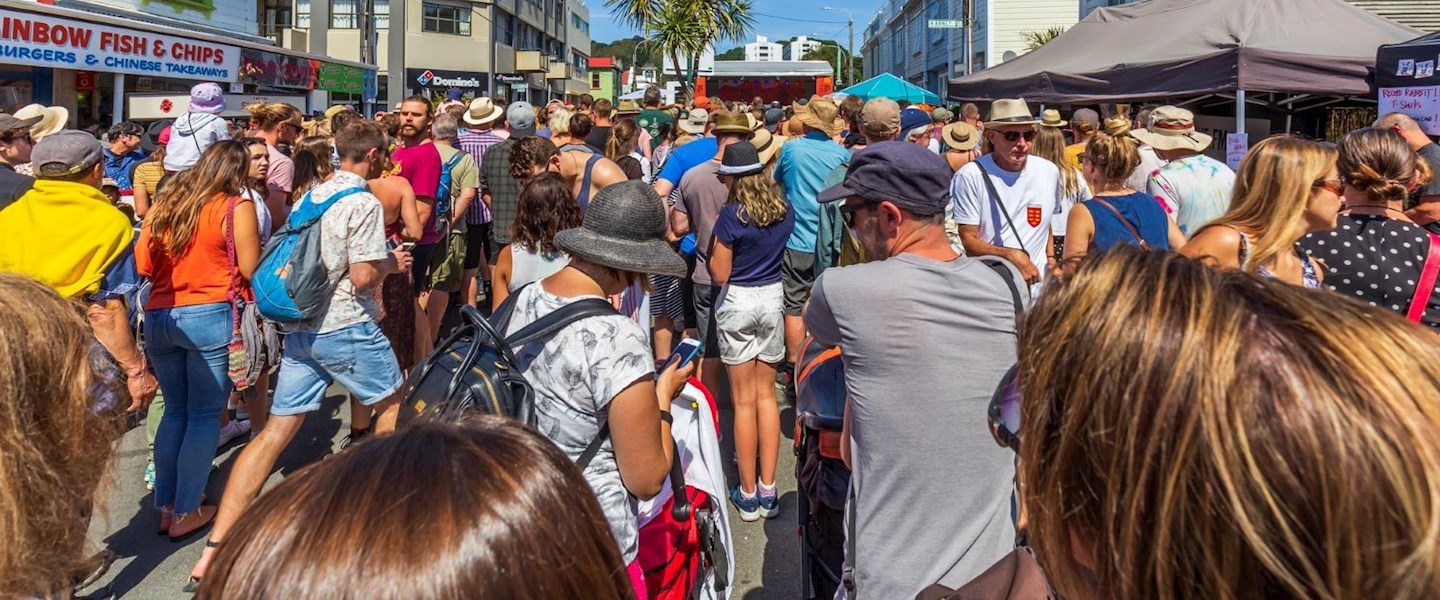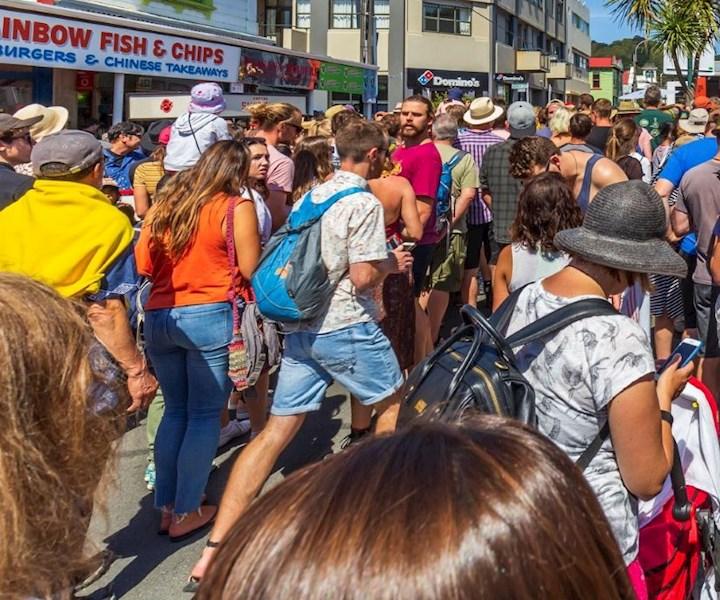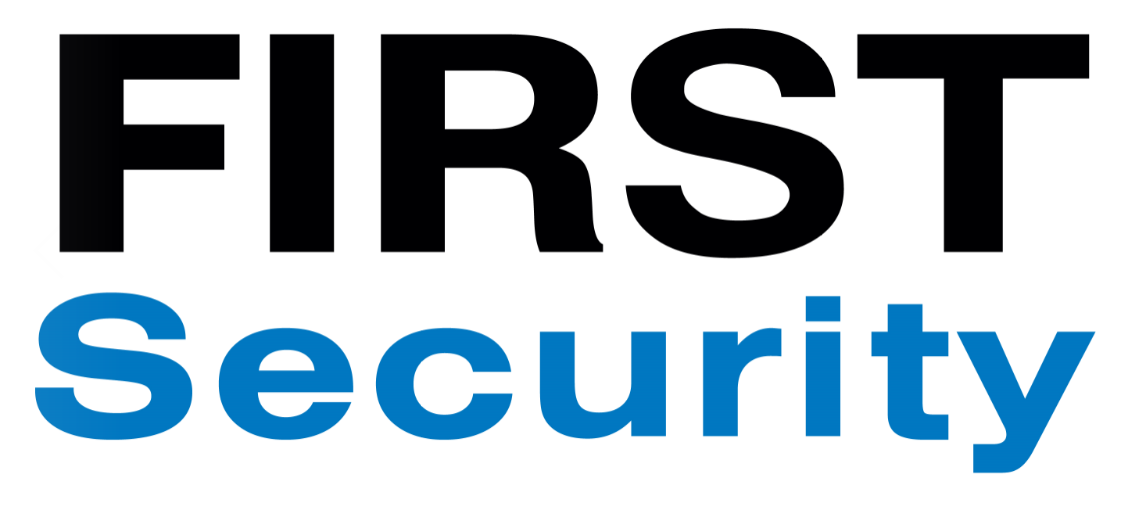4. Crowded Places: Assessing Your Protective Security


A new government strategy provides guidance to venue operators and event organisers in relation to protecting staff and visitors from armed attacks. In this series of posts, FIRST Security’s Chief Operating Officer Steve Sullivan looks at how you can implement the strategy and keep your people safe.
What is ‘protective security’?
In my last post Protecting Your Crowded Place: A risk-based approach I wrote about the Assessing Your Protective Security Tool that forms part of Protecting Our Crowded Places from Attack: New Zealand’s Strategy. Recently released by the New Zealand Police, this strategy aims to help owners and operators of ‘crowded places’ protect the lives of people working in, using and visiting their venue.
The Assessing Your Protective Security Tool is designed to aid your thinking about how to best protect your venue or event from attack, and to support you to make improvements.
My previous post focused on the tool’s value in reflecting a risk-based approach to security. In this post, I introduce the protective security measures highlighted by the tool.
But firstly, what is ‘protective security’? At first glance, ‘protection’ and ‘security’ have a similar – almost interchangeable – meaning, so why the need for the double-barrelled terminology?
There are lots of definitions of protective security out there, but I like this one that I’ve tweaked from the US Department of Defense: The organised system of defensive measures instituted and maintained at all levels within an organisation with the aim of achieving and maintaining security.
The key to this definition is the word ‘defensive’. Protective security measures are specifically defensive in nature, designed to prevent a security breach altogether or otherwise to stop it in progress or minimise the damage.
The tool refers readers who want more detailed information on Protective Security to the New Zealand Government’s Protective Security Requirements (PSR) website. The PSR information is important reading, and I will explore the PSR in a separate article.
Protective security measures
Protective security measures, states the tool, aim to deter, detect, delay, respond to and recover from an attack (commonly known as the ‘three Ds’ and ‘two Rs’). Breaking these down, we have:
Deter: this means discouraging unauthorised people from attempting to gain unauthorised access to your facility. These include obvious physical and electronic hardening measures, such as good fencing and electronic access control systems appropriate to the site, and security patrols.
Detect: detecting unauthorised access as early as possible includes the use of visual detection and alert systems, such as CCTV cameras and intruder detection systems.
Delay: slow down an unauthorised access attempt as much as possible to allow an effective security response to be activated. Measures may include ensuring locked windows and secure service entrances, installations such as bollards and the intervention of trained security staff.
Respond: an effective response is one that thwarts an attack prior to the unauthorised person pushing past the aforementioned delay measures. This means timely and coordinated response by security staff, alarm response, and/or law enforcement.
Recover: take the steps required to recover from a security incident. Plan to restore operations to as near normal as possible in a timely manner following an incident.
Understanding the aims of protective security measures (security staff, CCTV, access control, etc) in terms of the three Ds and two Rs can help you to see where each measure has a role to play – and how they interrelate to provide for an effective overall solution.
As I’ve stressed in my earlier Crowded Places articles, experienced licensed security providers can provide specialist advice in relation to what protective security measures are most appropriate to your venue and the risks it faces.
Looking at the detail
The Assessing Your Protective Security Tool focuses on ten protective security measures in particular, providing some information to help you consider what might be relevant for you given the vulnerability and scale of your crowded place. These include:
1. Security staff
2. Your organisation’s staff contribution to security
3. Physical security
4. Prevention of hostile vehicles
5. Use of technology
6. Security at access points (entry and exit)
7. Security at the perimeter
8. Detection of suspicious behaviour
9. Security of information
10. Security plans, policies and procedures
Coming up...
In my next crowded places post, I’ll discuss what the tool has to say about the deployment of security staff as a protective security measure. It’s a topic close to my heart, and one that’s key to an overall security solution.
As always, if you’d like to have a discussion about how to keep your staff and visitors safe, feel free to contact me at steve.sullivan@firstsecurity.co.nz
Related Content

